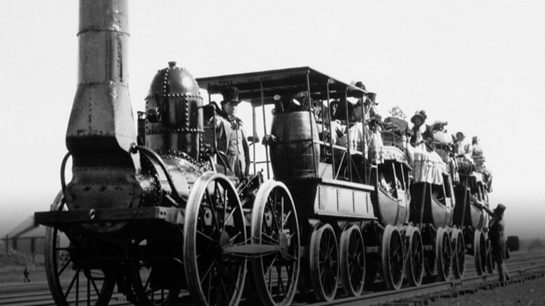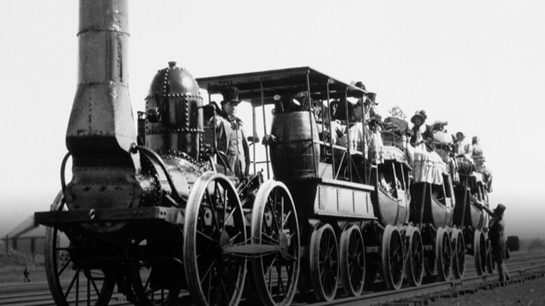

The first steam-powered line, which began serving the Highland area in 1888, ran from downtown San Bernardino to Harlem Springs in Highland.
Located at the southern base of the San Bernardino Mountains lies the city of Highland. The city is divided into three main areas including Highland, East Highland and West Highland.
Henry Rabel, one of the area’s first settlers, bought over 100 acres of land in 1857 and built an 11-room hotel with bath houses for guests. The area became known as Rabel Springs. In 1858, pioneers Lewis Cram and Frederick Van Leuven arrived and constructed the Cram-Van Leuven ditch, extending from the Santa Ana River entrance to their land in East Highland. They began planting orchards of seedling oranges and other fruit trees in the early 1880s.
Santa Ana Canyon Road was the first road in the area, stretching 12 miles from San Bernardino and primarily used to transport supplies to the gold mines in Bear Valley. Today, the road is known as Fifth Street. Significant development in the area continued and was fueled by the citrus industry, a major economic driver in Southern California at the time.
In 1875, the Southern Pacific Railroad reached the valley, and by the following year, it crossed the southern portion of the valley. The first steam-powered line, which began serving the Highland area in 1888, ran from downtown San Bernardino to Harlem Springs in Highland.
The railroad brought more people and industries to the area, which led to the construction of orange and lemon packing houses at depots to prepare the harvests for transport. The town’s orange groves became plentiful due to the presence of railroads for transporting crops and access to water for irrigation. Highland became known for sourcing some of the finest navel oranges in the world because they were sweet and without seeds. Many orange varieties at that time were sour and used for making marmalade.
In 1891, Highland was officially classified as a townsite. By 1892, 166 miles of double-loop railroad tracks were built around the valley, forming a figure-eight shape, known as the Kite Loop. The Kite Loop started in Los Angeles and extended through the Santa Ana Valley. The slogan for the Kite Loop was, “No scene, twice seen.” Remnants of the old train depots and Kite Loop can be found in both Highland and East Highland.
The Highland Historic District on Palm Avenue encompasses the city’s oldest parts, including the original townsite, numerous packing houses, and the city’s historic commercial core. In 1987, Highland became incorporated as a California general law city. Today, Highland is home to over 56,000 people. For more information about Highland, please visit the city’s website.
The information in this historical feature was originally part of a video series produced by the Assessor-Recorder-County Clerk’s office.
Additional County Update News – Feb. 6, 2025
- ZM Trucks Chooses San Bernardino County for its first North American manufacturing plant and new regional headquarters
- Model T Roadster donated to the San Bernardino County Museum
- Caution urged as rain arrives
- Code Enforcement recovered stolen Colton school fence
- Free income tax assistance available to eligible residents
- County partners with Priceless Pets for Trap-Neuter-Vaccinate-Return (TNVR) program
- San Bernardino County Museum unveils new petrified wood outdoor exhibit
- First 5 and Public Health team up to give Ontario preschoolers free dental screenings
- Operation Shelter Me reaches out to unhoused in unincorporated San Bernardino and surrounding communities
- Inland Counties Emergency Medical Agency (ICEMA) achievements
- Rialto Library opens new meeting rooms available to the public
- Complete the County Update survey by Feb. 10
- San Bernardino County destinations: Dry Lake
- Call for submissions: Share your favorite San Bernardino County destinations
- Things to do
- Pet of the week: Hunter
- Jobs of the week
